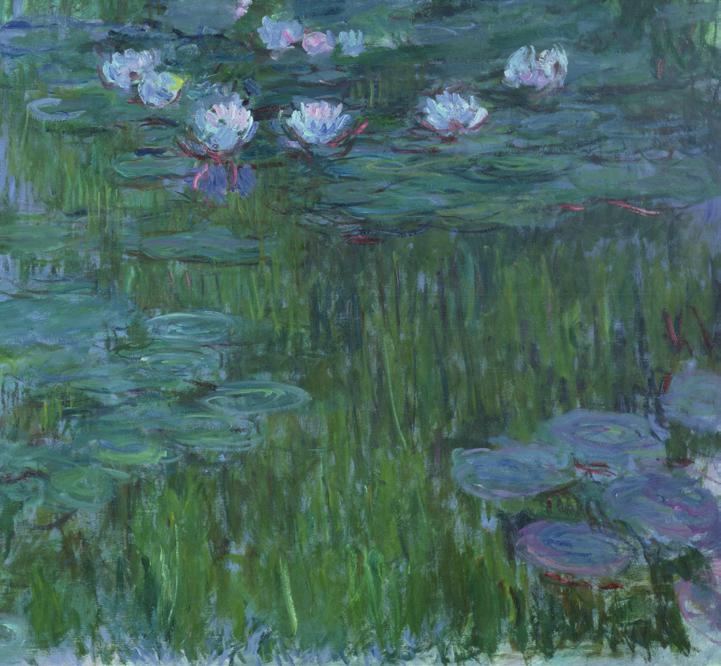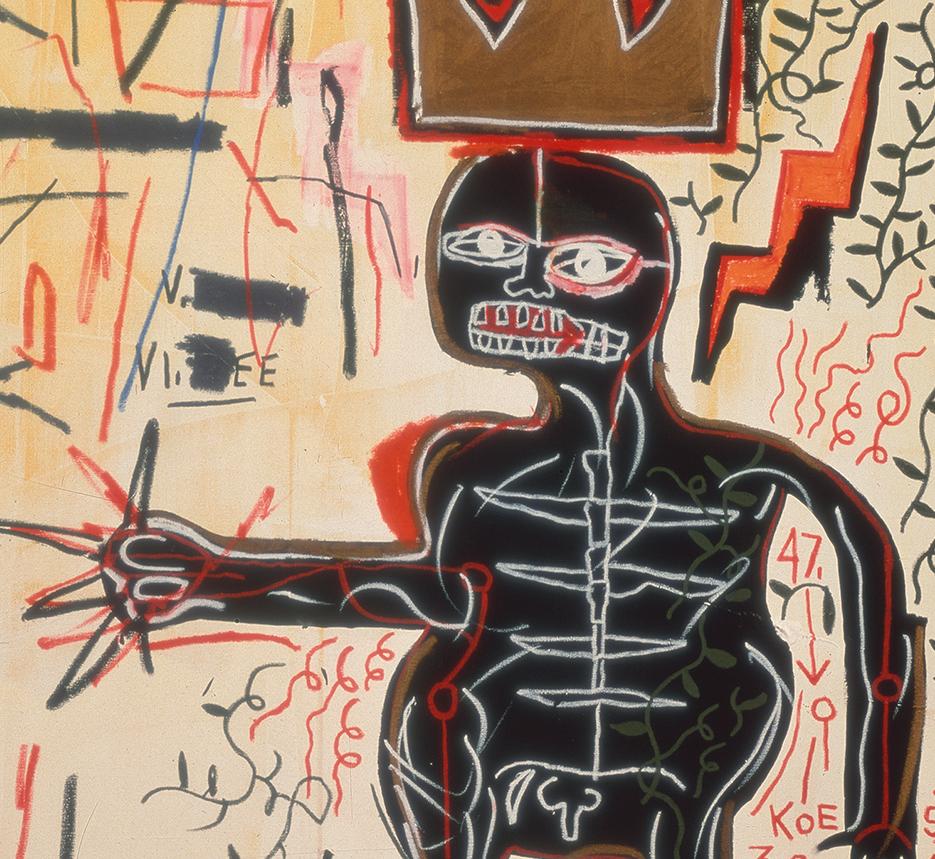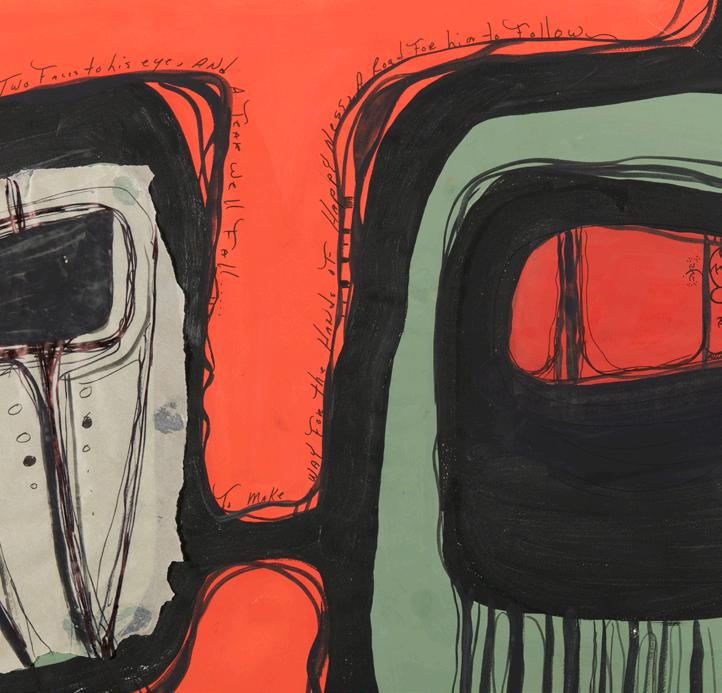
2 minute read
LAND ACKNOWLEDGEMENT
WHY DO WE DO THIS
We honor and pay respects to the people that cultivated the land and then were forcibly removed from it. Our society is increasingly becoming more aware of the complexities of colonization, and those complexities come with us as we gather into spaces like The Rep. Acknowledging the land honors Indigenous communities, but more broadly it acknowledges the histories that brought us where we are today as a community. We are often fascinated by architectural history of a building; this gives us the opportunity to go further than a building and think about the history of a people that existed before buildings were erected. In addition to honoring donors and sponsors for financial gifts that they freely give, we believe it is critically important to honor those who lived and worked the land centuries before we arrived and still live here today. About 80,000 people living in Missouri are a part of the Indigenous community. A land acknowledgment is a great starting point in honoring their history and legacy, and to make space for them in their own home.
Advertisement
OUR LAND ACKNOWLEDGEMENT
It is important for us here at The Rep to acknowledge that the land beneath us owes its vitality to generations who have come before us in the spirit of making erased and silenced histories visible. We acknowledge that we are standing on the ancestral and occupied lands of many Native tribes that stewarded and cared for this land for centuries. The Illini, Osage, and Missouria tribes are just a few of the peoples that we pay our respects to. Please take a moment to consider the many legacies of violence, displacement, migration and settlement that bring us together here today and join us in uncovering such truths at any and all public in-person and virtual events.
Age of Armor: Treasures from the Higgins Armory Collection at the Worcester Art Museum
Opens February 17
Monet/Mitchell: Painting the French Landscape
Opens March 24


Action/Abstraction Redefined: Modern Native Art, 1940s–1970s
Opens June 23
The Culture: Hip Hop and Contemporary Art in the 21st Century
Opens August 25

A world of art within reach
Connect with us!
@stlartmuseum | slam.org
Pompeo della Cesa; Field Armor from a Garniture (detail), about 1595; steel, iron, brass, gold, silver, leather, fabric; weight: 47 pounds 15 ounces; Worcester Art Museum, The John Woodman Higgins Armory Collection 2014.112; Image © 2021 Worcester Art Museum, all rights reserved
Claude Monet, French, 1840–1926; Wisteria (detail), 1919-20; oil on canvas; 39 3/8 x 118 1/8 inches; Musee Marmottan Monet, Paris 2023.100; © Musee Marmottan Monet, Academie des beaux-arts, Paris
Henry “Hank” Delano Gobin, (Kwi Tlum Kadim), Tulalip/Snohomish, 1941–2013; Northwest Design (detail), 1966; casein, tissue paper, ink pen on paper; 18 x 22 inches; Institute of American Indian Arts / Museum of Contemporary Native Arts Collection (SNH-6), Honors Collection; © Henry "Hank" Delano Gobin
Jean-Michel Basquiat, American, 1960–1988; With Strings Two (detail), 1983; acrylic, and oilstick on canvas; 96 x 60 inches; The Broad Art Foundation, Los Angeles; © The Estate of Jean-Michel Basquiat, Licensed by Artestar, New York




